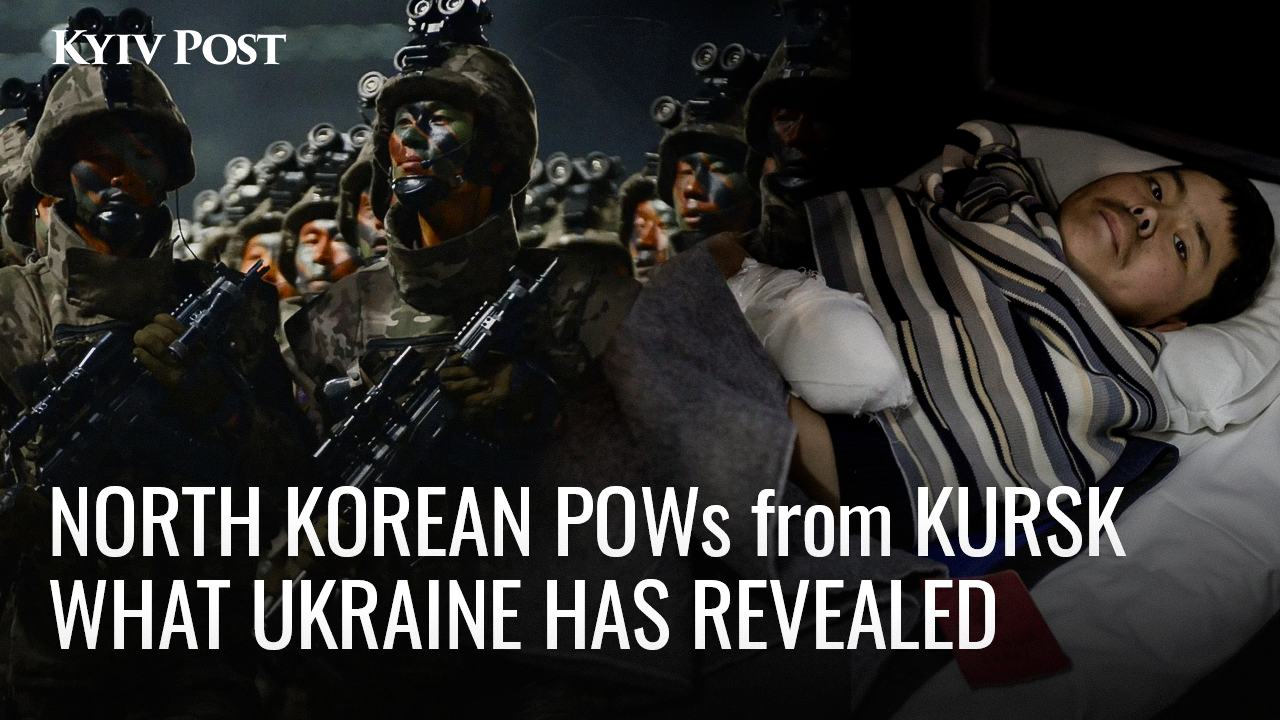Locked in a grinding counteroffensive unlikely to deliver decisive results on the battlefield any time soon, Ukraine’s national leadership has launched an ambitious campaign to bombard Russia with hundreds of kamikaze drones.
The world’s first systemic, long-range, strategic bombardment by long-range drones has already burned several very expensive Russian air force aircraft on the runway and even pummeled some of Moscow’s most advanced air defense systems into scrap.
- Look at the latest Ukraine news that was released today.
- Russian Losses
JOIN US ON TELEGRAM
Follow our coverage of the war on the @Kyivpost_official.
Top Ukrainian officials say the attacks will intensify so that war is brought home to Russians high and low.
Convincing western allies Kyiv hasn’t lost the initiative in its 18-month-old battle against the Kremlin is an equally critical Ukrainian objective, independent observers said.
“One of the goals (of the long-range drone bombardment) is to show allies that Ukraine is making progress, that it is achieving effects in the war,” Ben Caves, a Cambridge-based Senior Research Leader at Rand Europe, told Kyiv Post in an interview.
“The ground offensive is going slowly and the psychological factor is important.”
Ukrainian long-range drone attacks, an off-and-on feature of the war since early 2023, shifted into a visibly higher gear in mid-August with six days (Aug. 18-23) of overflights and strikes over Moscow, Russian air force strategic bomber bases hit in Kaluga and Saratov on Aug. 19 and 21, and air defense, port, air defense and ground installations pounded in Crimea, reportedly by 25-30 drones, of various types on Aug. 25.

Latest on Russia’s Intransigence to End War Against Ukraine
The most recent massed Ukrainian kamikaze drone strike – 15-20 one-way aircraft sent against a military transport air base near the north-west Russian city Pskov on Aug. 30 – almost certainly converted two Russia air force Il-76 jets into piles of smoking debris, and left another pair of four-engine cargo planes too damaged ever to fly again.
💥The moment the #IL76 was hit in #Pskov Airbase pic.twitter.com/Lap3koOpeo
— KyivPost (@KyivPost) September 1, 2023
On Aug. 29 two drones appeared over Tula region, the very heart of Russia’s arms manufacturing industry. The same day Ukrainian robot aircraft appeared over the western cities Ryazan’, and in Orel at least one drone dove into a military installation and blew up.
Bryansk, another west Russian city, has been hit twice, on Aug. 30 and 31. One drone hit the local air base, an important hub for Russian air force logistics and strike sorties against Ukraine. The other drone plowed into the Kremniy EL plant, one of the few manufacturers of military-grade computer chips in Russia.
Olenivka, a Crimea seaside resort next to which the Russian military has deployed multiple air defense systems, including a battery of its top-of-the-line S-400 missiles, to watch air space over the Black Sea, came in for special attention.
First drones hitting Russian radars and an anti-ship battery there on Aug. 23, and the next day Ukrainian commandos, in Kyiv’s first amphibious operation against Crimea of the war, raided shore facilities nearby.
The day after that, embarrassingly for the Kremlin, Ukrainian drones hit an anti-aircraft missile launcher and radar designed to find and destroy enemy aircraft.
Ukrainian military intelligence - HUR - publishes video footage purportedly showing the destruction of a Russian S-400 air defence battery near the village of Olenivka, Cape Tarkhankut, temporarily occupied Crimea, earlier this morning. pic.twitter.com/paq7okI0qG
— Jimmy Rushton (@JimmySecUK) August 23, 2023
Russian military blogger Aleksandr Sladkov in an Aug. 30 article called the Pskov airfield strike and other drone sorties over the day, with at least 45 kamikaze drones launched “the most massive (single day) attack by enemy UAVs over the course of the entire ‘Special Military Operation’.”
Ukrainian military analyst Oleksandr Kovalenko, a longtime critic of Russian strikes on Ukraine, in an Aug. 30 analysis published by the UNIAN news agency pointed to the sheer scale of Russian geography as a reason for the Ukrainian successes in getting drones through Russian air space.
“The problem of (too much) airspace existed even during the times of the Soviet Union. Even during the Soviet Union, it was impossible to fully cover the entire territory of Russia with air defense systems. And now even more so,“ Kovalenko said.
Even when positioned in the right place, Kovalenko said, Russian air defense systems equipped with missiles and radars designed to find and attack high-flying steel aircraft weighing several tons, often struggle to track and shoot down a drone weighting a few hundred kilos, and frequently made mostly out of radar semi-absorbent carbon fiber materials.
“For small-sized objects (like Ukrainian kamikaze drones) Russian airspace is like a public thoroughfare (прохідний двір)," Kovalenko said.
Mick Ryan, a retired Australian general and regular Kyiv Post commentator, in an Aug. 30 essay in his long-running military affairs blog Futura Doctrina, said the Ukrainian national leadership is exploiting Russian weaknesses to execute a systematic long-range bombardment plan targeting critical nodes in the Russian military machine, and over time increasing in intensity.
The Ukrainian strategy, Ryan said, is to mix attack systems and select targets so that over time, Russian troops will be less effective on the battlefield and, equally important, Ukraine’s allies will see Kyiv actively if slowly moving along a credible path towards victory.
“(W)e might now observe these operations as a separate strategic strike campaign, which is designed to generate political and strategic military effects for the Ukrainian conduct of the war,” Ryan wrote.
“It plays an important part in degrading Russian military capability, forcing the redeployment of air defence radars and other systems, while also demonstrating to Ukraine’s supporters that it is serious about winning the war.
“This strategic strike campaign is [also] designed to influence public opinion in Russia.”
Oleksiy Danilov, Secretary of the National Security and Defense Council of Ukraine, in a television interview the next day, on Sep. 1, warned Moscow that Kyiv will intensify long-range strikes against targets in Russia and that more and better weapons to do that will soon be operational.
His Twitter account published a video purportedly of a new Ukrainian surface-to-surface missile.
The missile program of the President of Ukraine in action. The tests are successful, the implementation is effective.
— Oleksiy Danilov (@OleksiyDanilov) August 31, 2023
“Sevastopol is waiting, Kamchatka is waiting, Kronstadt is waiting...”.
P.S. Quiet and singing Ukrainian night... pic.twitter.com/0sBmXZWFLh
Less than a day after Ryan’s prediction, and only a few hours after Danilov’s very public threat towards the Kremlin, the Tomilinsky Electronic Plant in Lyubertsy, in Moscow Oblast’, was set ablaze by a Ukrainian kamikaze drone.
According to the Ukrainska Pravda website, the factory is under sanctions by the Ukrainian government as it manufactures electronics for Russian missile systems.
Moscow mayor Serhiy Sobyanin in a Sep.1 statement said a Ukrainian drone was flying around near Lyubertsy, and claimed Russian air defense forces shot it down and there was no damage.
Video from the scene showed black smoke billowing from a major fire at the Lubertsy factory premises. Russian social media criticized Sobyanin for failing to provide citizens accurate information.
“Right now we are in a situation of a stalemate,” Caves told Kyiv Post. “Ukrainian drones are penetrating more, also with missile and projectiles, so what you’ve got now, Ukraine has been able to launch big drone attacks.
“These deeper range strikes will have a psychological effect on Russia, they attack the idea of Russian military superiority and invulnerability.
“If Ukraine can reach into Russia they make a statement, not even with substantial damage, that Russia is not immune.”
You can also highlight the text and press Ctrl + Enter













